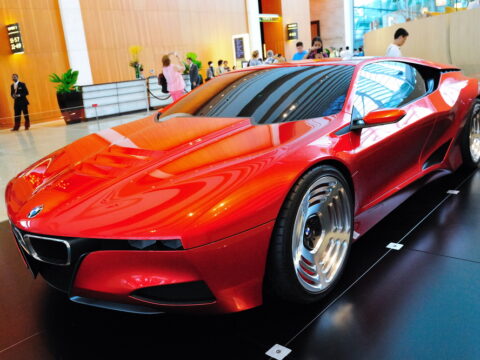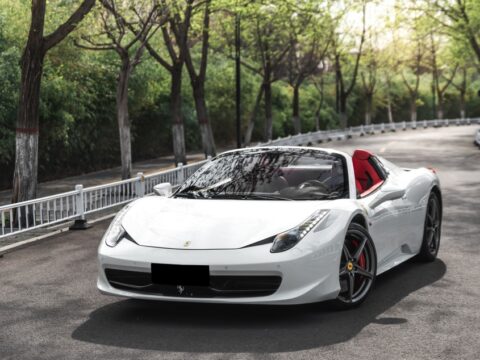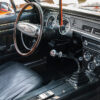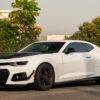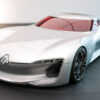When it comes to sports cars, not all that glitters is gold. Some models, despite their flashy designs and high price tags, simply don’t live up to the hype. In this article, we’ll take a closer look at 25 overrated sports cars that, while impressive on the surface, fall short when it comes to delivering true performance.
Contents
Maserati Ghibli
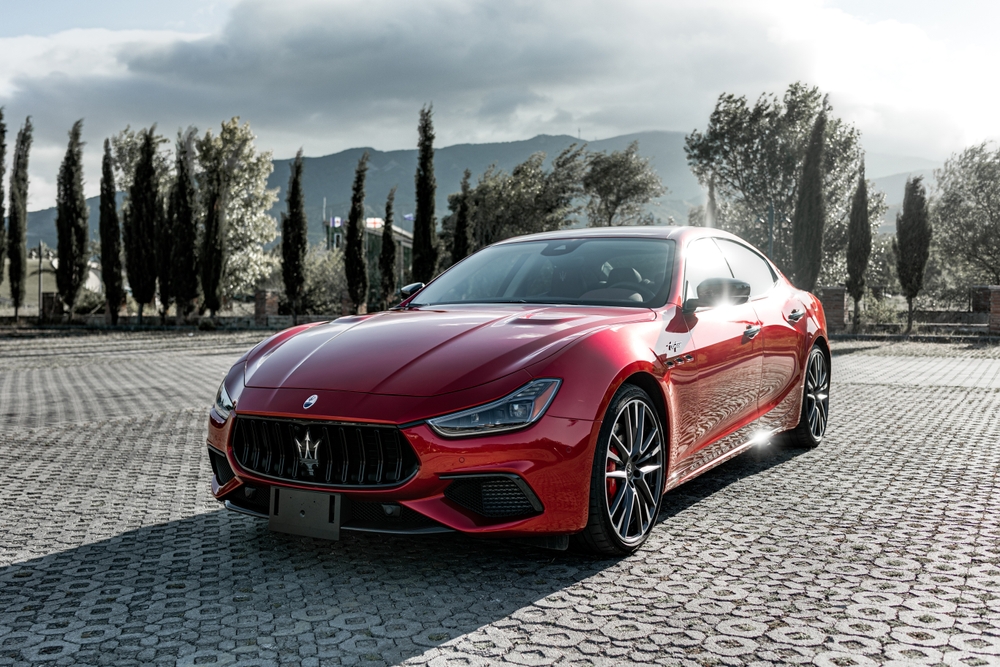
The Maserati Ghibli might look the part with its sleek Italian design and prestigious badge, but under the hood, it doesn’t quite measure up. The base V6 engine, while decent, lacks the punch and responsiveness one would expect from a Maserati, especially at its price point. Despite its sporty appearance, the Ghibli’s handling and performance are more aligned with luxury sedans, leaving driving enthusiasts wanting more. The car’s weight and less-than-stellar transmission also detract from its performance credibility, making it feel sluggish and unrefined.
Jaguar XJ220
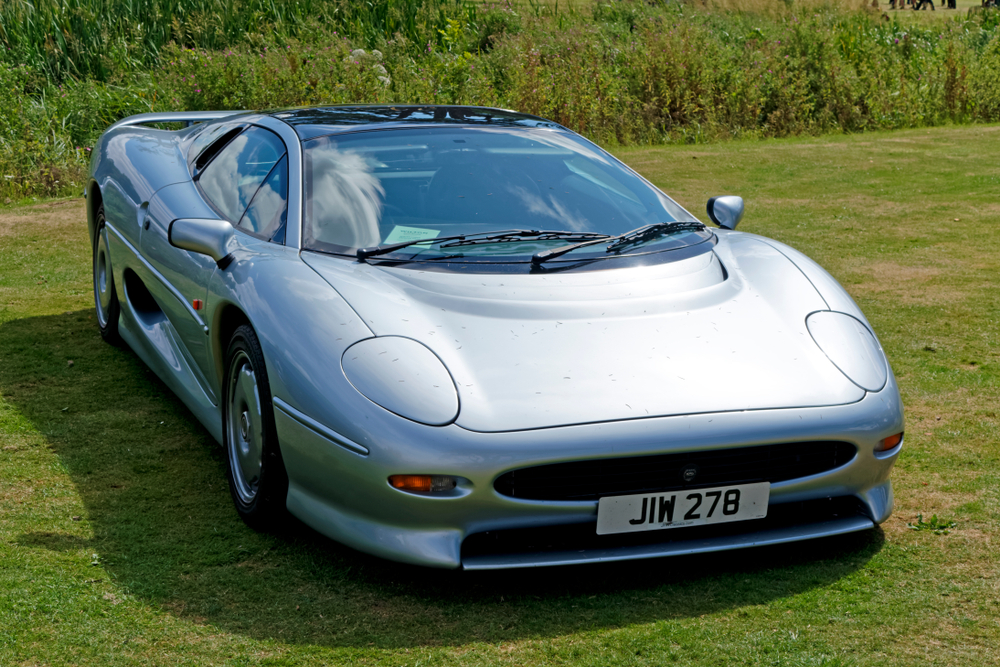
The Jaguar XJ220 was once the fastest production car in the world, but it’s often criticized for not living up to its initial promise. Originally intended to have a V12 engine and all-wheel drive, the final product featured a turbocharged V6 and rear-wheel drive, which disappointed many enthusiasts. The car’s high price and compromised design didn’t match its performance, leading it to be seen as more of a collector’s item than a true driver’s car. It’s a prime example of a car that couldn’t deliver on the hype generated by its ambitious concept.
Ferrari Mondial
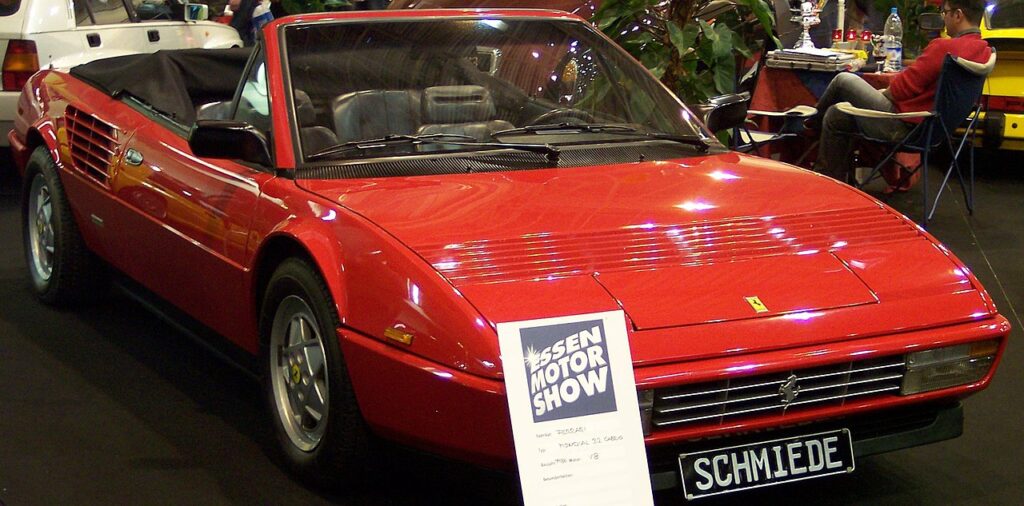
The Ferrari Mondial is often cited as one of the least impressive models in Ferrari’s storied history. Despite the prancing horse badge, the Mondial’s performance was underwhelming due to its relatively heavy body and lackluster V8 engine, which delivered only modest power. Its handling was also criticized for being less agile than other Ferraris, making it feel more like a grand tourer than a true sports car. The Mondial’s reputation as an underperformer has kept it in the shadow of its more capable siblings.
Aston Martin Cygnet

The Aston Martin Cygnet was a bizarre attempt by the luxury carmaker to create a city car. Based on the Toyota iQ, the Cygnet was a far cry from the powerful, elegant sports cars Aston Martin is known for. With a tiny 1.3-liter engine and unimpressive handling, it failed to deliver the performance expected from the brand. Despite its luxurious interior, the Cygnet couldn’t mask its humble origins, making it a highly overrated option for those seeking a genuine sports car experience.
Lotus Evora
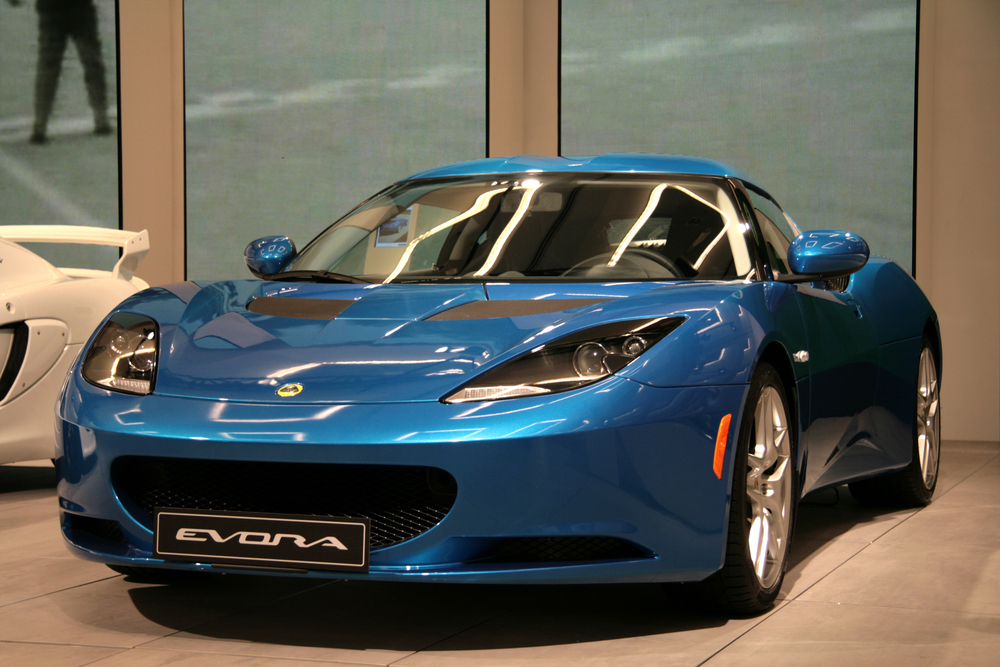
The Lotus Evora was supposed to be the brand’s step into more practical sports cars, but it ended up being a bit of a letdown. While it has a lightweight chassis and sharp handling, the Evora’s underpowered V6 engine doesn’t live up to the Lotus reputation for thrilling performance. The car’s price tag also puts it in competition with more capable and better-performing cars, making it a tough sell for those seeking true sports car thrills. The Evora’s middling performance leaves it overshadowed by more accomplished rivals.
BMW i8
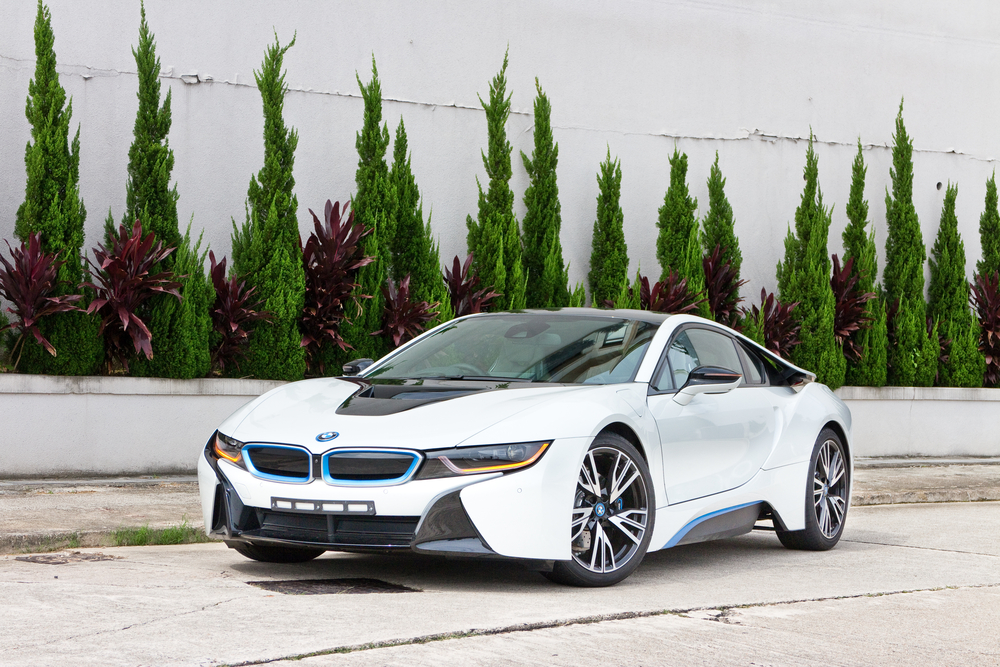
The BMW i8 is a striking car with its futuristic design and hybrid powertrain, but when it comes to performance, it falls short of its supercar looks. The combination of a 1.5-liter three-cylinder engine and an electric motor provides decent acceleration, but it’s nowhere near the levels expected from a car with such an aggressive design. The i8’s handling is also more suited to comfortable cruising than sharp cornering, which, combined with its high price, makes it feel like a style statement rather than a performance machine.
Chevrolet SSR
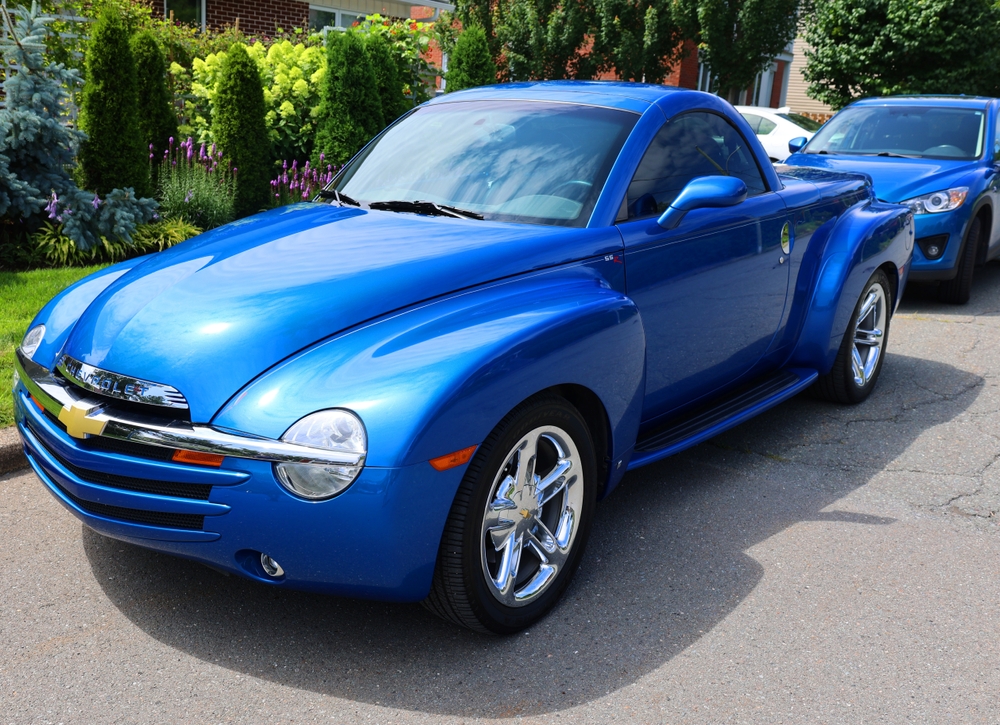
The Chevrolet SSR is a retro-styled pickup truck that tried to blend hot rod aesthetics with sports car performance but failed on both counts. Its heavy weight and truck-based platform made for sluggish handling and unimpressive acceleration, even with a V8 under the hood. The SSR’s unique design couldn’t compensate for its lack of true sports car credentials, leaving it as an oddity rather than a serious contender in the performance market.
Porsche 914
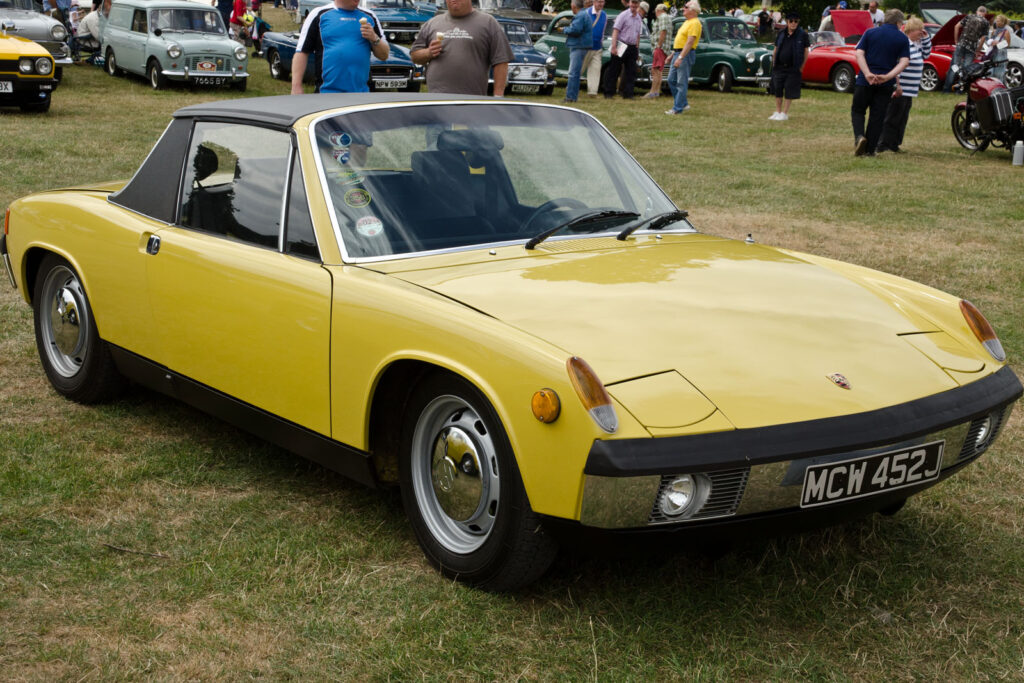
The Porsche 914 was a collaboration between Porsche and Volkswagen, and while it had the Porsche badge, it didn’t have the performance to match. Powered by a modest four-cylinder engine, the 914 struggled to deliver the excitement that Porsche is known for. Its handling was competent, but the lack of power left many enthusiasts disappointed. Despite its mid-engine layout, the 914 was more of a budget sports car than a true Porsche, making it one of the brand’s less celebrated models.
Dodge Stealth
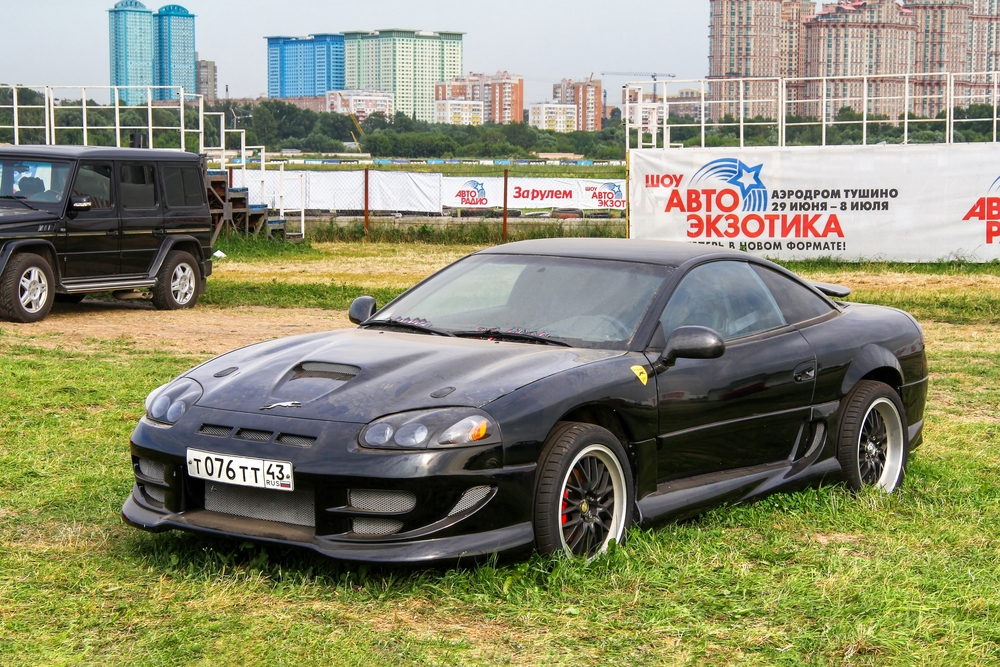
The Dodge Stealth was marketed as a high-tech sports car with features like all-wheel drive and active aerodynamics, but it was largely overshadowed by its sibling, the Mitsubishi 3000GT. The Stealth’s weight and complex systems made it less nimble and more prone to mechanical issues, which hurt its performance potential. While it looked the part, the Stealth didn’t offer the driving dynamics or reliability that enthusiasts expected, making it an overrated choice in the sports car segment.
DeLorean DMC-12
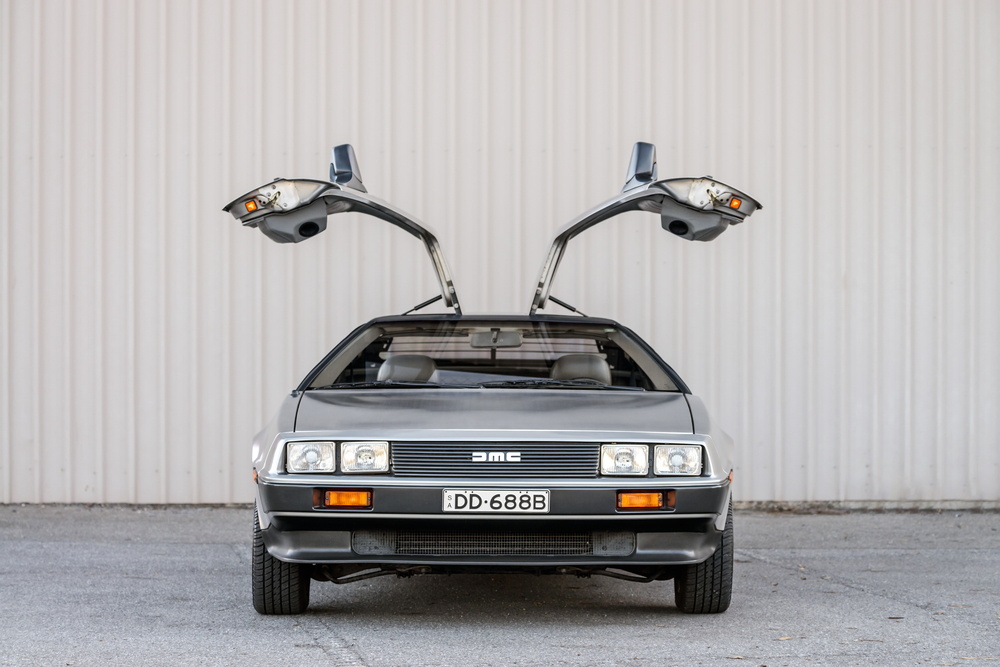
The DeLorean DMC-12 is iconic thanks to its role in the Back to the Future movies, but as a sports car, it left much to be desired. With a modest 130 horsepower from its V6 engine, the DMC-12 was slow compared to its contemporaries. Its stainless steel body added weight, further hindering performance. While the gull-wing doors and unique design captured imaginations, the DMC-12’s underwhelming driving experience made it more of a novelty than a true performance car.
Toyota MR2 Spyder
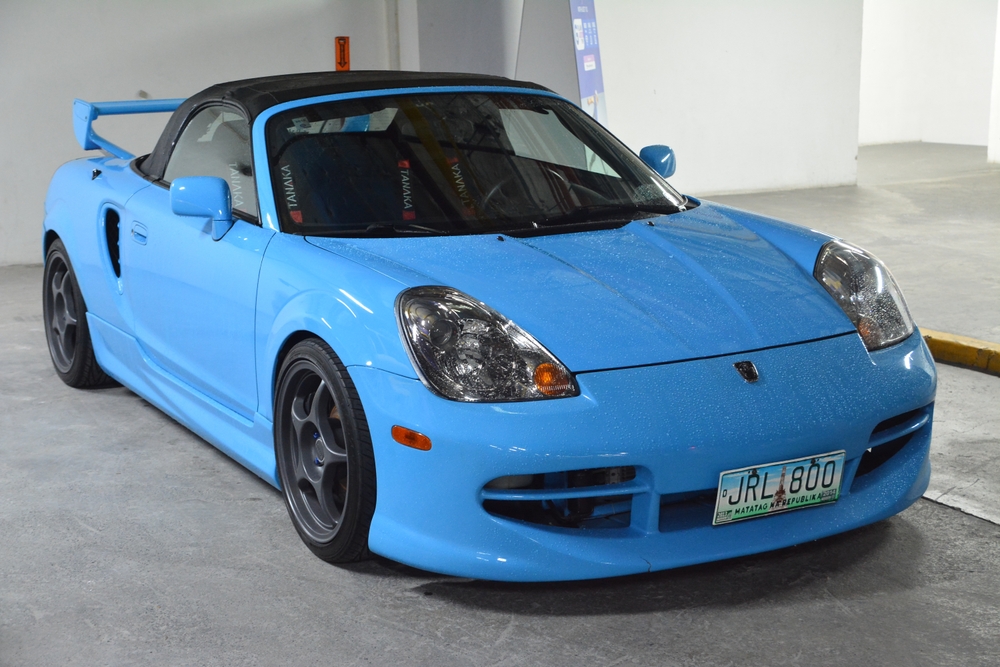
The Toyota MR2 Spyder was a lightweight, mid-engine sports car that promised a lot on paper but didn’t fully deliver in practice. Its 1.8-liter engine was reliable but lacked the power to make the most of its balanced chassis. The car’s handling was agile, but the lack of grunt made it feel underpowered, especially on the open road. The MR2 Spyder was more of a fun, affordable sports car rather than a performance powerhouse, which left some enthusiasts disappointed.
Nissan 370Z
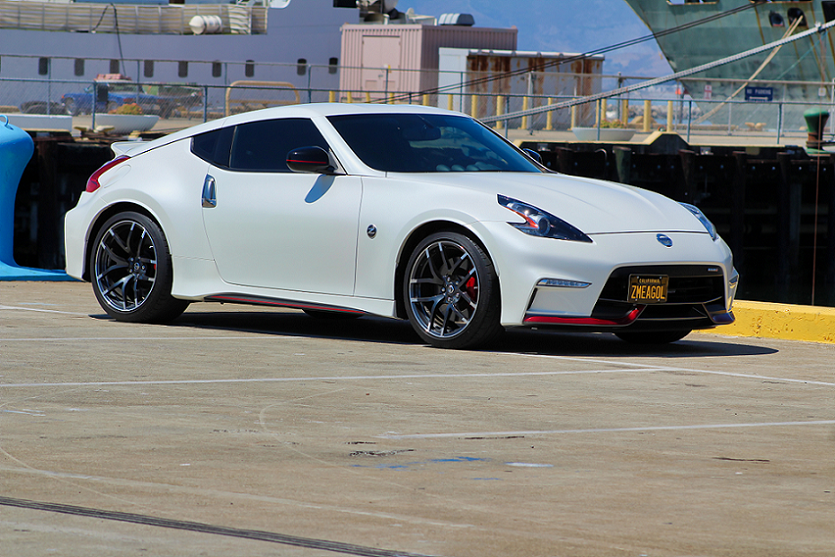
The Nissan 370Z is the successor to the beloved 350Z, but it hasn’t lived up to the same level of acclaim. While the 370Z has a powerful V6 engine and a solid rear-wheel-drive platform, its dated design, heavy weight, and lack of refinement have kept it from being a true sports car standout. The interior also feels less premium than competitors, making it feel less like a modern sports car and more like a throwback. Its performance is decent, but it fails to excite in the way more recent sports cars do.
Alfa Romeo 4C
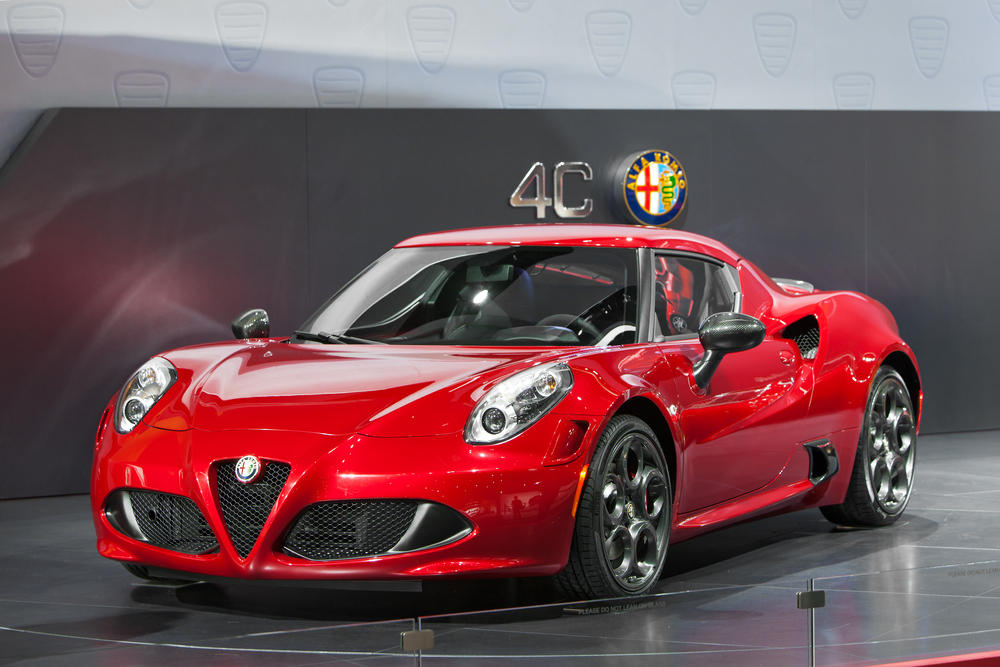
The Alfa Romeo 4C is a stunning car with its lightweight carbon fiber chassis and mid-engine layout, but its performance doesn’t quite match its exotic looks. The 1.7-liter turbocharged engine provides good acceleration, but the car’s unassisted steering and rough ride make it difficult to drive smoothly. The 4C’s lack of refinement and comfort also detracts from the driving experience, making it more of a track toy than a usable sports car. Despite its potential, the 4C falls short of being a well-rounded performer.
Acura NSX (2016-present)
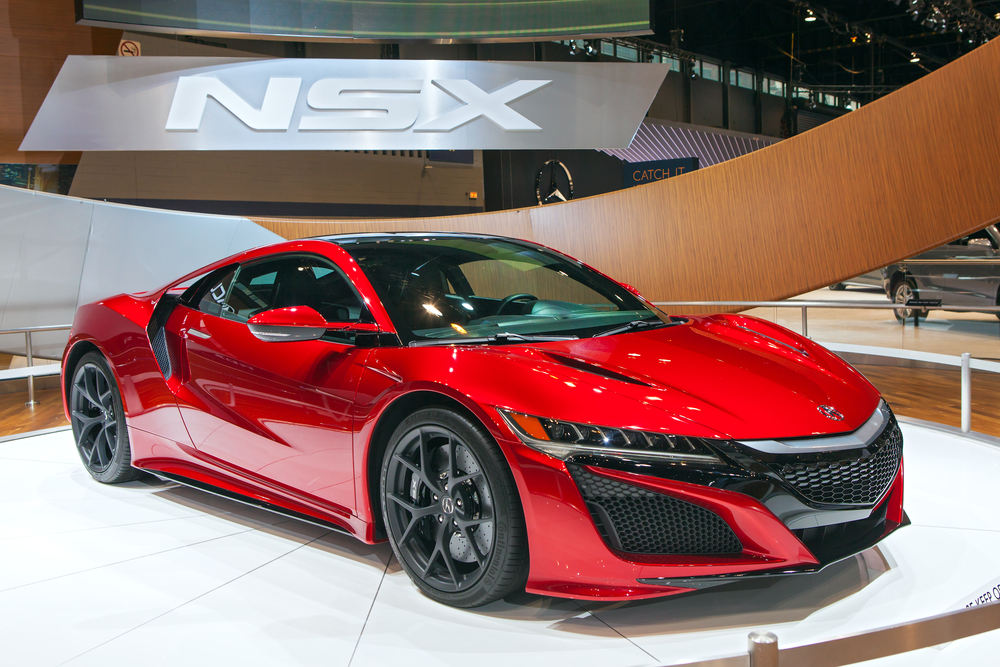
The new Acura NSX was supposed to be a rebirth of the legendary original, but it hasn’t quite hit the mark. Despite its hybrid powertrain and advanced technology, the new NSX lacks the pure driving experience that made the original so beloved. The car’s performance is impressive on paper, but it feels more clinical than thrilling, with a focus on stability over excitement. The high price and complex systems also make it less accessible, leaving many purists longing for the simplicity and rawness of the original.
Cadillac XLR
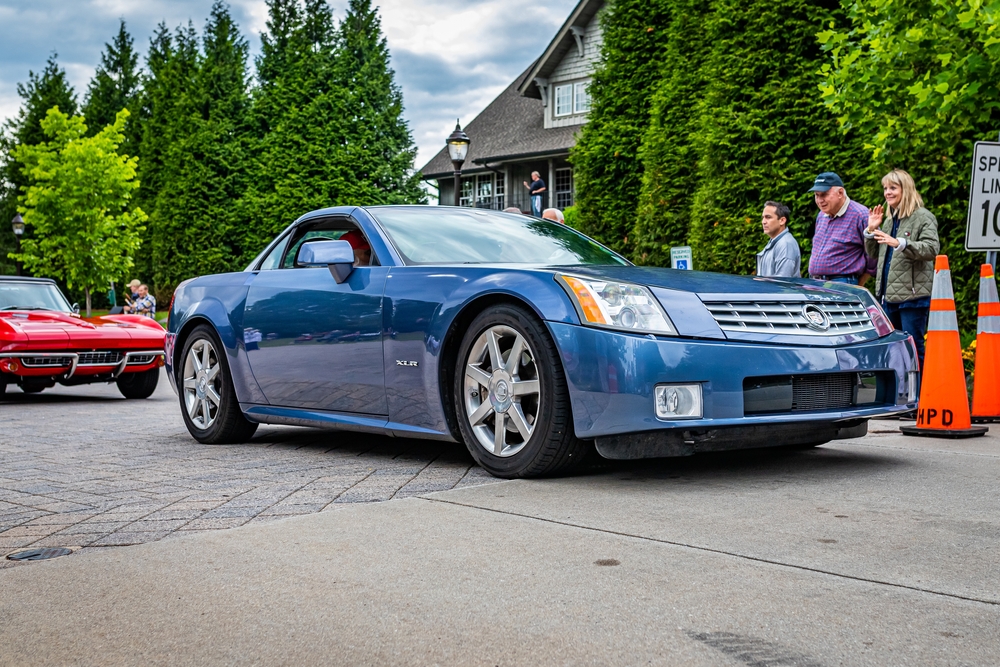
The Cadillac XLR was designed to be a luxury sports car with the heart of a Corvette, but it never quite found its footing. Despite sharing its platform with the Corvette, the XLR’s performance was dulled by its heavier weight and emphasis on luxury over sportiness. The retractable hardtop and high-tech features were innovative, but they added complexity and weight, making the XLR feel more like a grand tourer than a true sports car. Its price tag also put it in competition with more focused and capable sports cars, further highlighting its shortcomings.
Lamborghini Jalpa
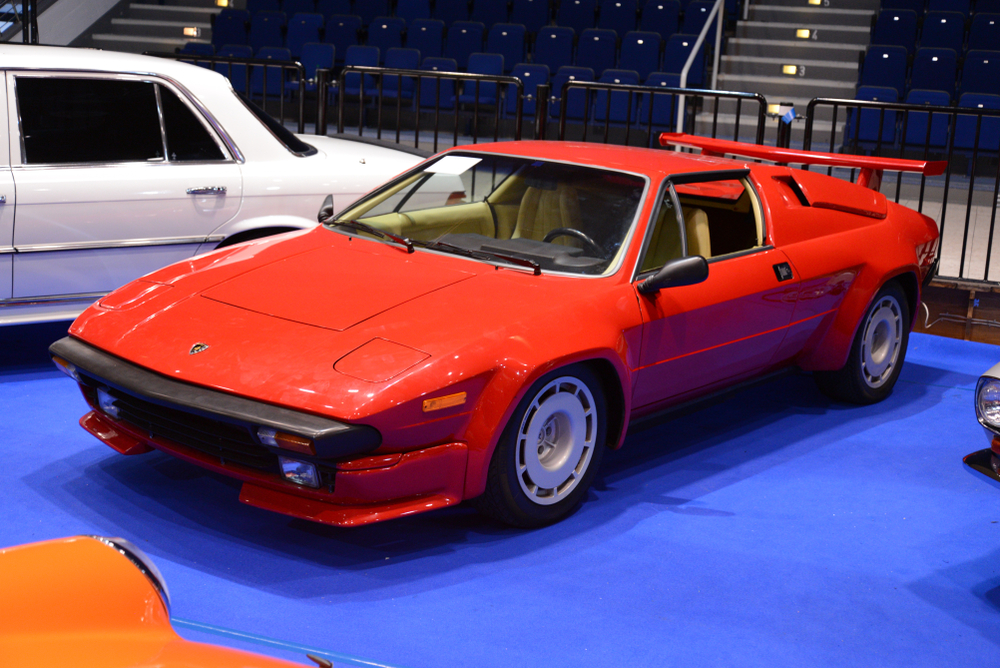
The Lamborghini Jalpa was intended to be a more affordable alternative to the Countach, but it failed to deliver the same level of performance and excitement. Powered by a 3.5-liter V8 engine, the Jalpa lacked the raw power and thrilling dynamics that Lamborghini is known for. Its handling was also less sharp than expected, making it feel more like a fast cruiser than an agile sports car. The Jalpa’s styling and badge appeal couldn’t make up for its underwhelming performance, leading it to be largely forgotten among Lamborghini’s lineup.
Audi TT RS

The Audi TT RS is often praised for its turbocharged five-cylinder engine and all-wheel-drive system, but it doesn’t quite live up to the hype. While it’s quick in a straight line, the TT RS’s front-heavy layout and understeer-prone handling detract from its performance credentials. The car’s styling and build quality are top-notch, but its driving experience lacks the sharpness and engagement found in rivals like the Porsche Cayman. The TT RS is more of a fast, stylish grand tourer than a true sports car, making it feel overrated in the performance department.
Mazda RX-8
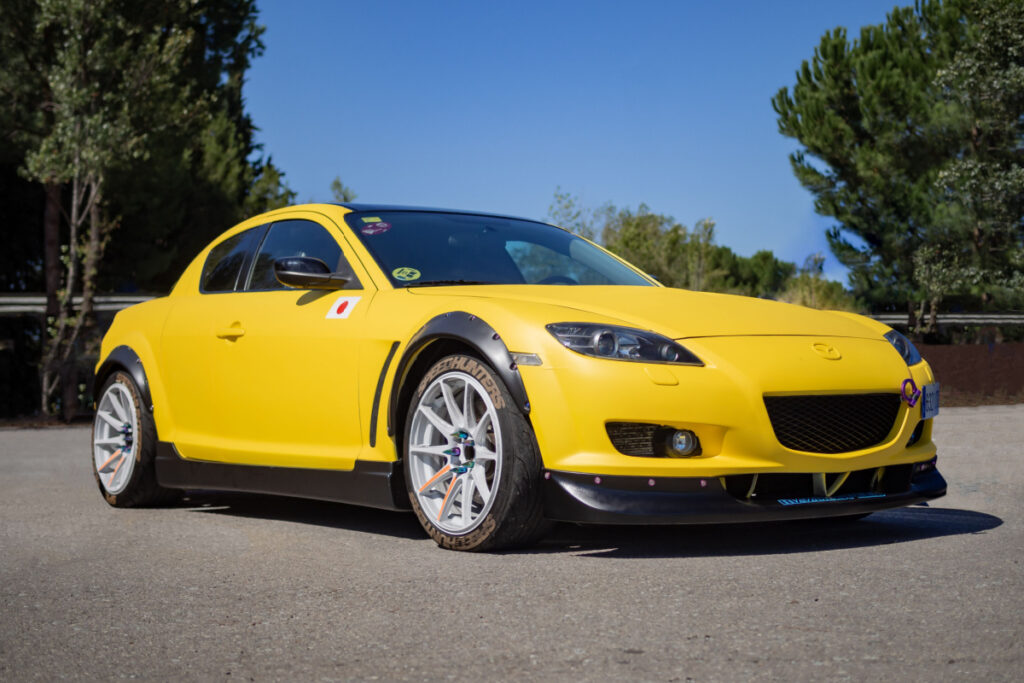
The Mazda RX-8 had a lot of promise with its unique rotary engine and balanced chassis, but it struggled to deliver in key areas. The rotary engine, while innovative, was plagued by reliability issues and poor fuel economy, which overshadowed its high-revving character. The RX-8’s power output was also modest, especially given its thirst for fuel. While the car handled well and was fun to drive, its overall performance didn’t match the expectations set by its unconventional engine and sporty design.
Mitsubishi Eclipse (4th Generation)

The fourth-generation Mitsubishi Eclipse marked a departure from the car’s turbocharged, all-wheel-drive roots, focusing instead on a heavier, front-wheel-drive platform with a naturally aspirated V6. This shift led to a car that was more of a grand tourer than a true sports car, with soft handling and uninspiring acceleration. The Eclipse’s styling was sharp, but its performance couldn’t match its looks, leading to disappointment among fans of the earlier, more performance-oriented models.
Volkswagen Corrado VR6
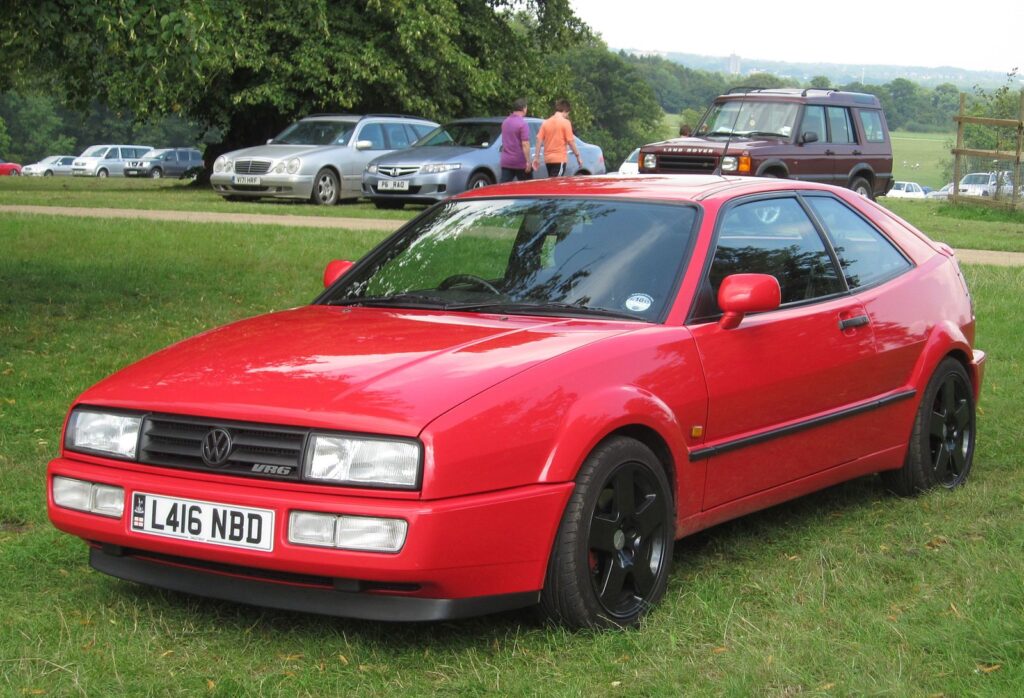
The Volkswagen Corrado VR6 is often hailed as a classic, but its performance didn’t quite match the hype. While the VR6 engine provided smooth power delivery and a unique exhaust note, the Corrado’s handling was more tuned for comfort than sharpness. The car’s front-wheel-drive layout also limited its performance potential, making it more of a fast, stylish coupe than a true sports car. Despite its good looks and engineering, the Corrado VR6’s performance couldn’t keep pace with its reputation.
Honda CR-Z
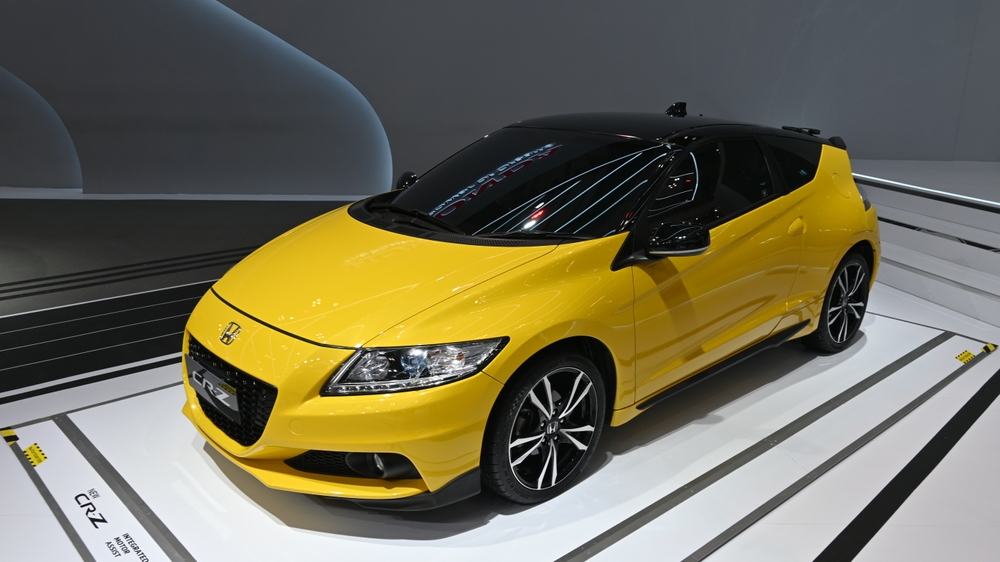
The Honda CR-Z was marketed as a sporty hybrid, but it failed to deliver on both fronts. Its hybrid powertrain was more focused on fuel efficiency than performance, leading to sluggish acceleration and uninspiring handling. The CR-Z’s styling hinted at a sporty character, but its performance fell far short of what enthusiasts expected. The car’s small size and lightweight chassis couldn’t make up for the lack of power, leaving it feeling more like an economy car with sporty aspirations than a true sports car.
Ford Thunderbird (2002-2005)
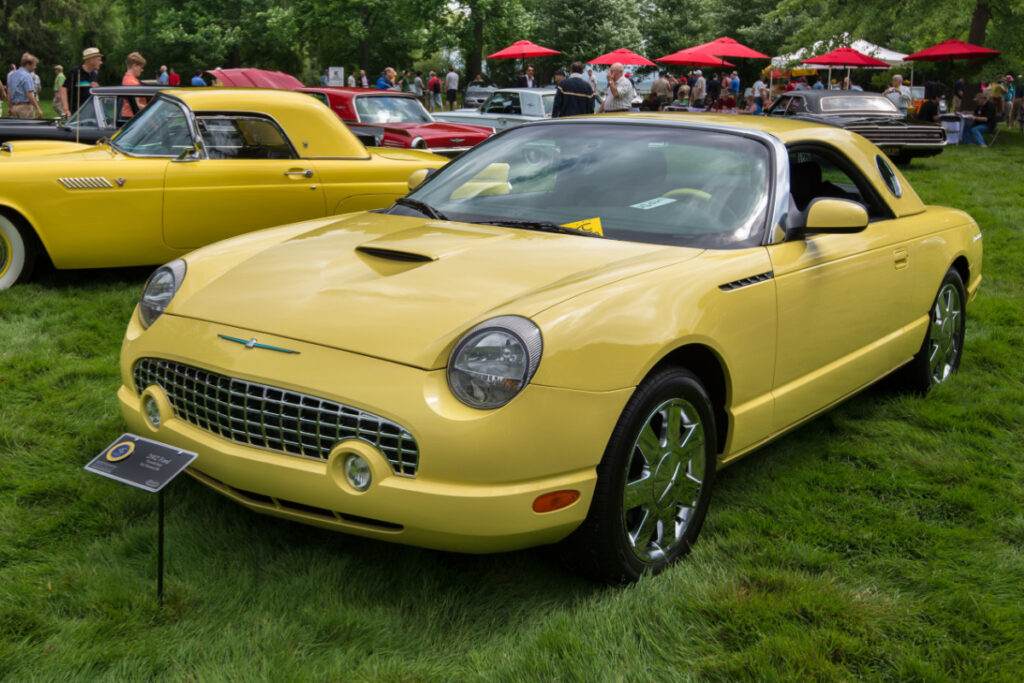
The retro-styled Ford Thunderbird was more about looks than performance, despite its V8 engine. The car’s soft suspension and heavy weight made for a cushy ride, but it lacked the sharp handling and acceleration expected from a modern sports car. The Thunderbird’s focus on nostalgia and luxury left it feeling more like a cruiser than a true sports car, making it an underwhelming performer despite its striking design. Its limited appeal and lackluster driving dynamics led to its quick demise in the market.
Mercedes-Benz SLK 55 AMG

The Mercedes-Benz SLK 55 AMG had all the right ingredients for a great sports car: a powerful V8 engine, rear-wheel drive, and a compact roadster body. However, its performance was held back by its weight and comfort-oriented setup. The SLK 55 AMG was fast in a straight line, but its handling was more suited to cruising than aggressive driving, making it feel less engaging than its rivals. The car’s luxurious features and retractable hardtop added complexity and weight, further detracting from its performance potential.
Chrysler Crossfire
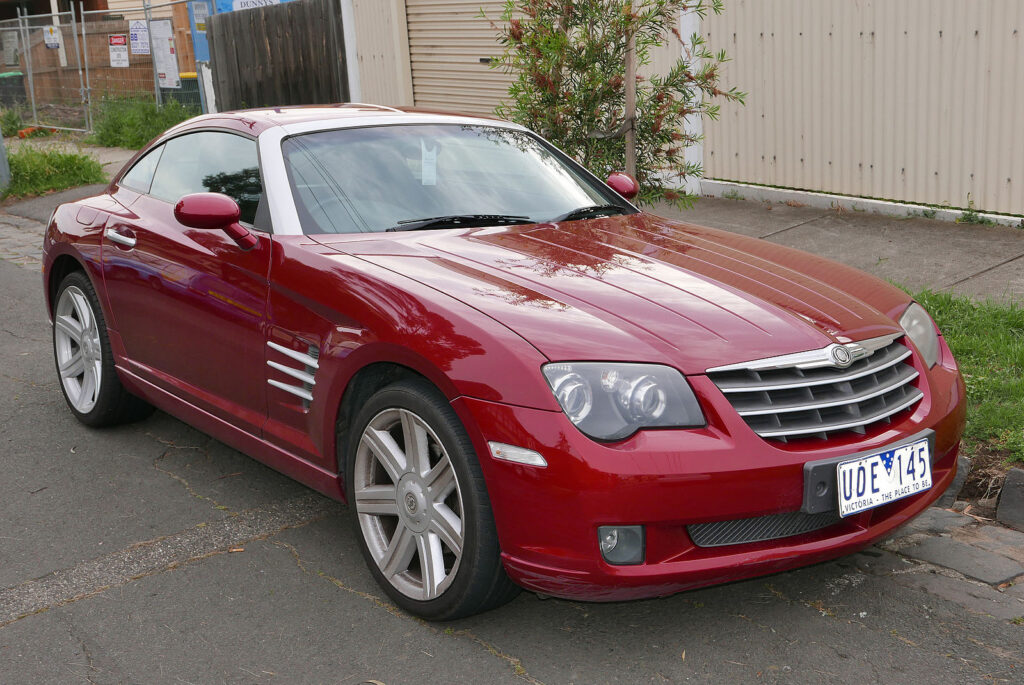
The Chrysler Crossfire was a bold attempt to blend American styling with German engineering, but it didn’t quite hit the mark. Based on the Mercedes-Benz SLK, the Crossfire had decent handling, but its underpowered V6 engine and outdated interior made it feel less than competitive. The car’s unique design couldn’t hide its aging platform, and its performance was more grand tourer than sports car. The Crossfire’s mixed reception and limited appeal make it a prime example of an overrated sports car.
Tesla Roadster (1st Generation)
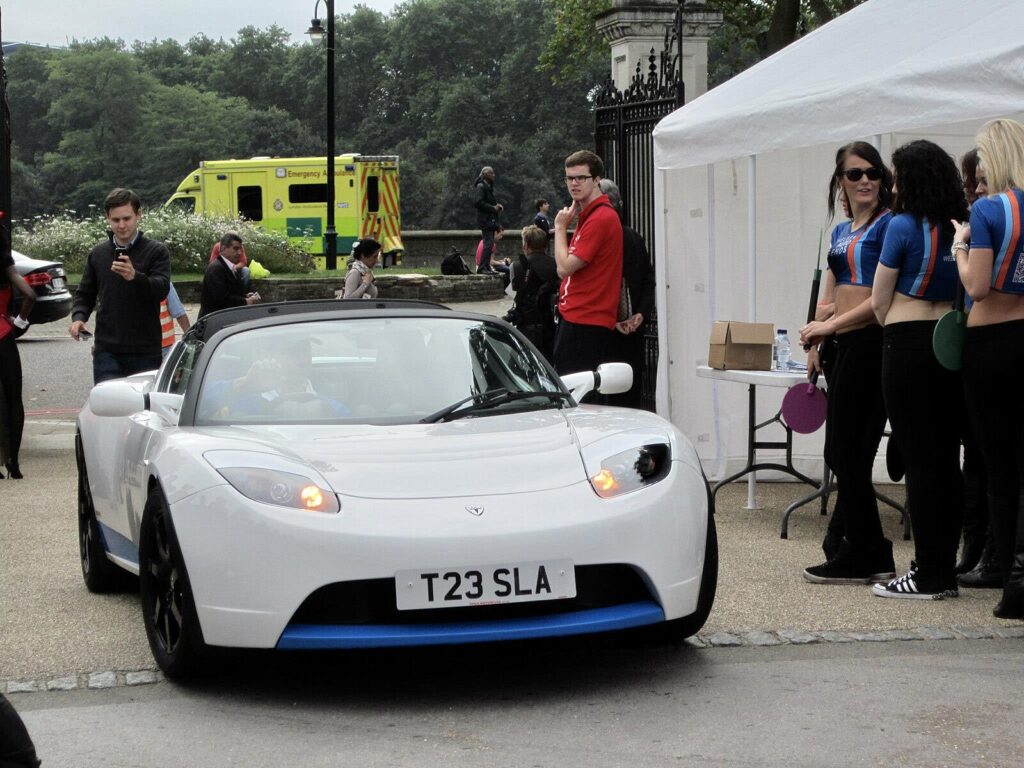
The first-generation Tesla Roadster was groundbreaking as the first all-electric sports car, but its performance wasn’t quite as revolutionary. Based on the Lotus Elise, the Roadster was quick in a straight line thanks to its electric motor, but its handling and range were compromised by the weight of the battery pack. The car’s spartan interior and high price also detracted from its appeal, making it more of a novelty than a serious sports car contender. While it paved the way for future electric vehicles, the first-gen Roadster’s performance was more hype than substance.
This article originally appeared in MyCarMakesNoise.
More from MyCarMakesNoise
20 Stunningly Designed Motorcycles That Turn Heads

Some motorcycles are more than just a means of transportation—they’re works of art that command attention wherever they go. With sleek lines, bold colors, and innovative designs, these bikes are built to turn heads and make a statement. Read More
20 Issues That Arise from Using Cheap Fuel in Your Car

Using cheap fuel in your car might seem like a cost-saving measure, but it can lead to several issues that could end up costing you more in the long run. Low-quality fuel can cause engine knocking, reduce fuel efficiency, and lead to buildup in the fuel injectors, which hampers performance. Read More
20 Formerly Coveted American Coupes That Have Lost Their Luster

Once symbols of style and performance, many American coupes have seen their popularity fade over time. These cars, which were once coveted for their sleek designs and powerful engines, now struggle to maintain the same appeal in a market dominated by SUVs and sedans. Read More


